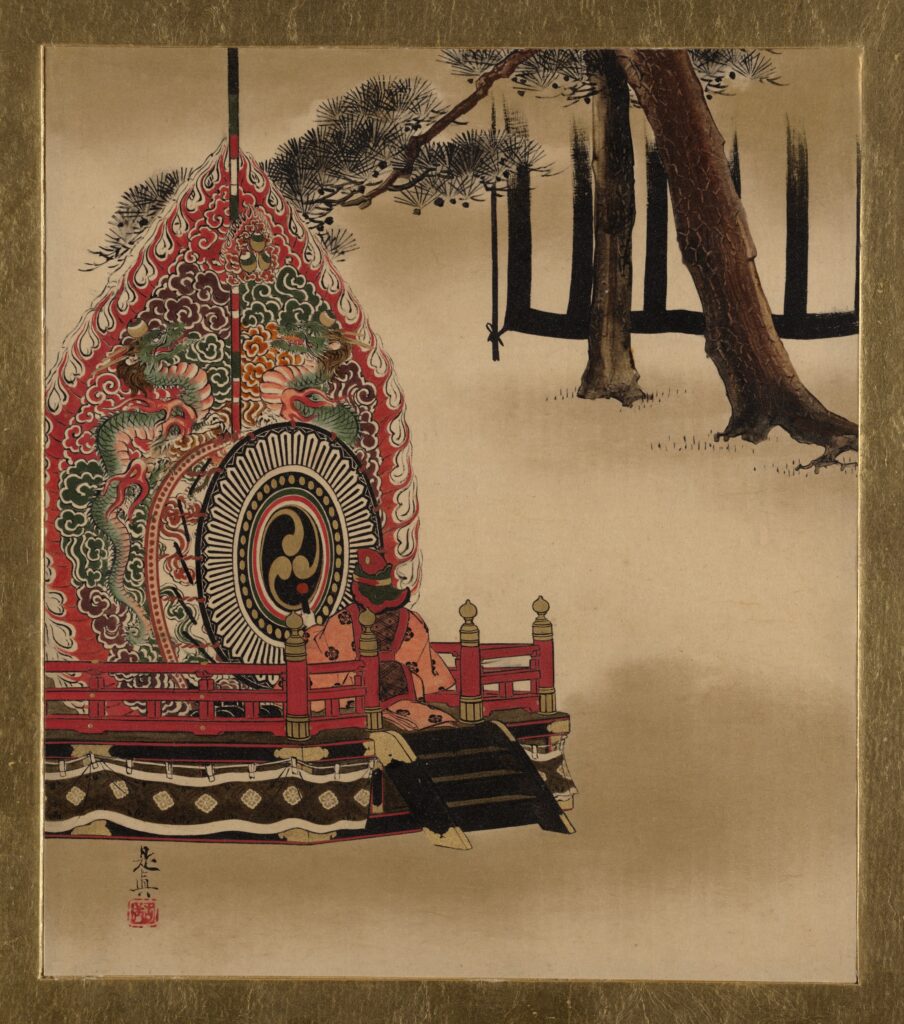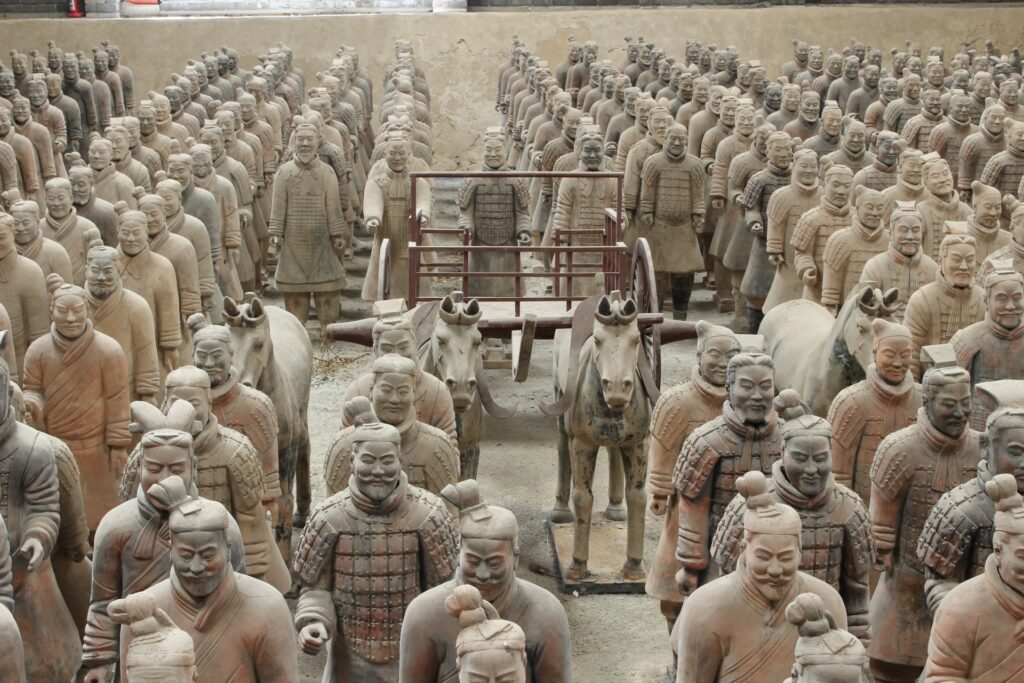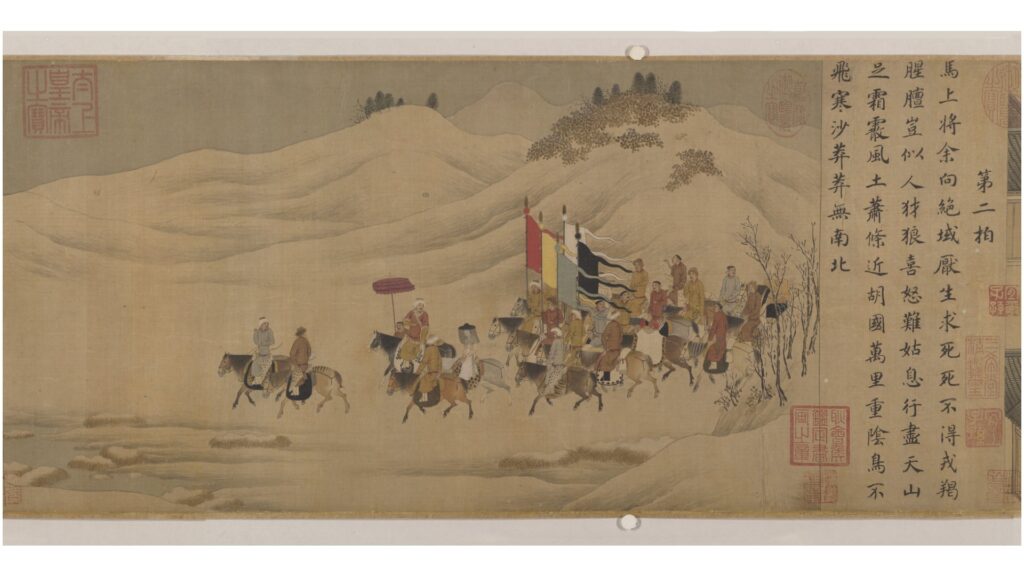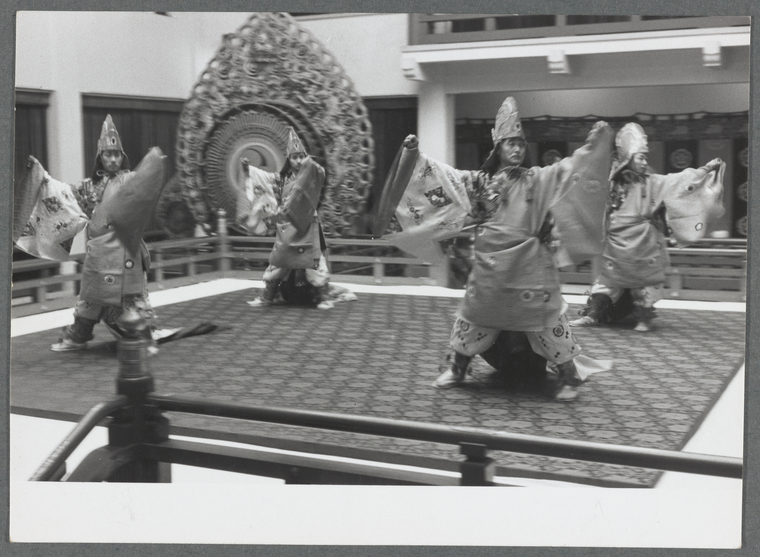
Gagaku is the oldest form of music in East Asia, with a history that dates back to ancient times.
It originated in China and was transmitted to dynastic states such as Korea, Japan, and Vietnam. The Vietnamese form of Gagaku still exists today as "Nhã nhạc."
Given the deep connections between Japan, China, and Korea, exploring the history of Gagaku in Japan involves tracing the musical histories of China and Korea as well.

- It began with the respect Confucius had for "Yayue," which was established and developed as the ritual music of Confucianism during the Spring and Autumn period (8th to 5th centuries BCE).
- By the end of the Warring States period (5th to 3rd centuries BCE), ancient Gagaku instruments were already in place.
- During the Han dynasty (206 BCE - 220 CE), the state established the system of Gagaku as part of the governance under the philosophy of ritual music.
- In the Zhou dynasty, instruments, songs, and dances that had been independent came to be performed together.
- From the Three Kingdoms period (mid-3rd century) to the Southern and Northern Dynasties (5th to 6th centuries), foreign music, including music from the Western Regions, was introduced, leading to a flourishing of secular music and a decline of Gagaku.
- During the Sui dynasty (581-619), efforts were made to revive Gagaku, but due to the emphasis on music from the Western Regions in the court, there was no significant development of ancient Gagaku.
- In the Tang dynasty (618-907), Emperor Xuanzong established a large-scale Gagaku known as "Kaiyuan Yayue."
- The Song dynasty (Northern Song 960-1126, Southern Song 1127-1279) saw an active revival of Gagaku.
- The Yuan dynasty (1271-1368) did not see much development in Gagaku, possibly due to the difference in ethnicity.
- During the Ming dynasty (1368-1644), a new form of Gagaku was established, taking the musical systems of the Han, Tang, and Song dynasties as models, and many new pieces were composed.
- The Gagaku of the Ming dynasty was transmitted to Korea, significantly influencing the Gagaku that has been passed down to the present day in Korea.
- In the Qing dynasty (1616-1911), in addition to the traditional Gagaku instruments, instruments from conquered territories such as Arab regions, Nepal, and Burma were also used. However, with the fall of the Qing dynasty, the court Gagaku of China came to an end.

Korean Gagaku refers to the court music transmitted to the Joseon Dynasty, which originally inherited the ritual music from China. It is currently being preserved and passed down at the National Gugak Center in South Korea.
- Tang music was imported during the Silla period (668-935), but it was during the Goryeo period (936-1392) that Chinese Gagaku was transmitted on a large scale.
- In the Goryeo period, the system of Gagaku and court music was organized, and a Gagaku office was established.
- Upon entering the Joseon Dynasty (1392-1910), the court reorganized the ritual and banquet music, but with the decline of the Lee royal family, Gagaku also declined.
- After the establishment of the Republic of Korea in 1948, efforts were made to revive and preserve Gagaku as national music, with active performance activities and research being conducted at institutions like the National Gugak Center.

Japanese Gagaku refers to various types of music from the continent that were transmitted to Japan from the 5th to the 8th century, including Tang music (Bugaku and Kangen) and Goryeo music (only Bugaku).
- Tang music was introduced through the dispatch of envoys to Tang China starting in 630, and in 701 (the first year of the Taiho era), the Gagaku Bureau was established, treating it as court music.
- During the reign of Emperor Nimmyo (833-850), a reform known as the "Heian-era musical reform" was implemented, organizing the music into Tang music and Goryeo music, which were primarily based on Chinese and Korean music, respectively. These two categories have been passed down to the present day without significant change, meaning they have remained almost unchanged for nearly 1200 years.
- In Japan, during the 10th and 11th centuries, vocal music genres such as "Saibara" and "Roei," which accompanied Waka and Chinese poems with instrumental music, also emerged and became popular.
- The Onin War (1467-1477) devastated the capital, and Gagaku was reduced to only being performed at the Tanabata festival. However, in the late 16th century, efforts were made to revive Gagaku with the help of musicians from the three music institutions.
- In the Edo period, the third Shogun, Tokugawa Iemitsu, gathered some of the musicians from the three institutions at Momijiyama within Edo Castle to perform for ceremonial rituals. These musicians are known as "Momijiyama musicians."
- In the Meiji era, Gagaku was temporarily returned to the Imperial family.
- When the Meiji Government established the Gagaku Bureau in 1870 (Meiji 3), musicians from the three institutions and Momijiyama were summoned, and the "Meiji Selected Scores" were established. These are now passed down in the Music Department, which belongs to the Board of Ceremonies of the Imperial Household Agency.
- Since the Meiji era, the popularization of Gagaku has progressed, with the Imperial Household Agency's Gagaku being officially performed at court rituals, while temples and shrines such as Shitennoji and Kofukuji have maintained their unique traditions.
- In recent years, the number of Gagaku enthusiasts in the private sector has increased, with more than 100 active Gagaku groups nationwide. Including university Gagaku clubs, there are even more participants. New compositions by composers are also being created, contributing to vibrant new activities in the field.
Due to the ancient Chinese Gagaku being preserved with little change, there are reports of Chinese researchers studying Japanese Gagaku after observing and listening to it. Since the Gagaku in Korea is more modern than what was transmitted to Japan, it is fascinating that Japan continues to preserve forms that are older than those in China or Korea.
Please also see the page on "What is Gagaku"
https://drftr.co.jp/gagakutoha/.